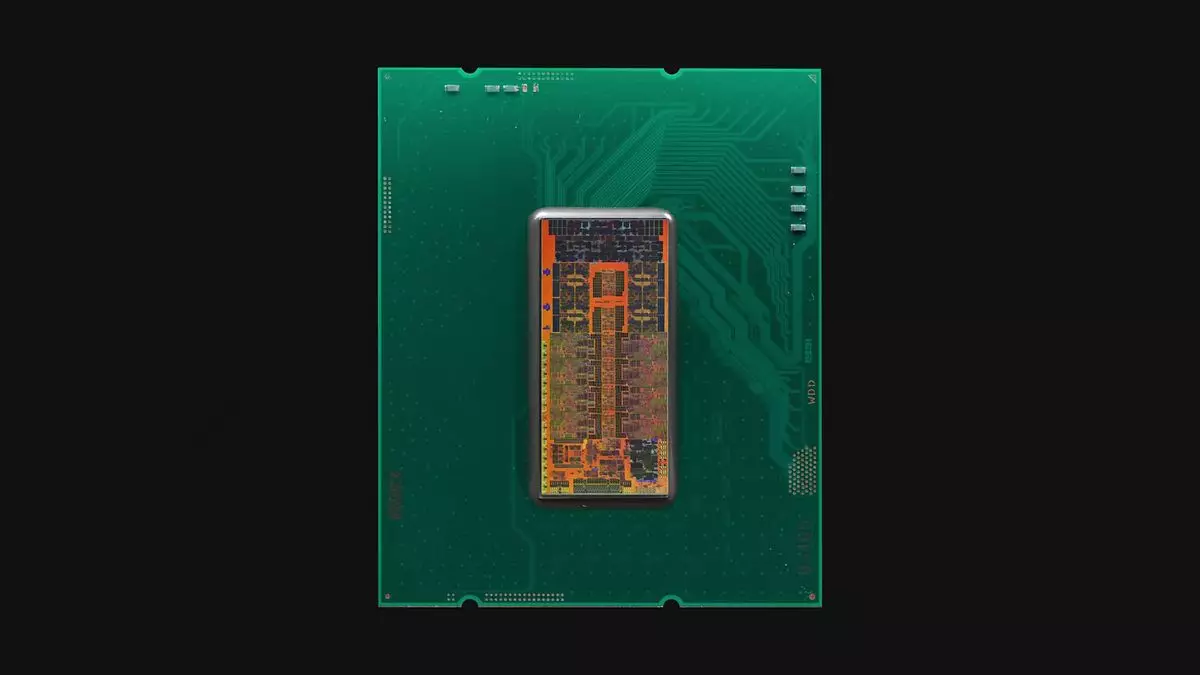Intel has recently made it clear that we are not going to see any new desktop CPUs from them until 2026. This assertion comes from the company’s interim co-CEO, Michelle Holthaus, during a recent earnings call. She painted a picture of the upcoming “Panther Lake” generating substantial volumes while introducing their next innovation in desktop architecture, the Nova Lake family. Given that the current architecture, represented by the Arrow Lake series, including the notable Intel Core Ultra 9 285K, was just unveiled last year, the timeline does not come as a shock to industry observers. Traditionally, the tech landscape would expect new architectures only after a substantial gap, and with Arrow Lake being relatively new on the market, it’s reasonable for Intel to hold off on a rapid-fire rollout of another desktop CPU.
However, the longer timeline raises questions about Intel’s competitive edge, particularly when juxtaposed against the fast-paced advancements and releases from rival companies such as AMD. Manufacturers typically face pressure to innovate or risk stagnant sales, and the situation becomes critical when existing products fail to deliver competitive performance. With little sign that Nova Lake will arrive before 2026, it invites speculation regarding Intel’s capacity to sustain industry relevance.
Intel has valid motivations to expedite the deployment of new architectures like Nova Lake. Although Holthaus presented a relatively optimistic view about Panther Lake and Nova Lake, recent releases like Meteor Lake reveal challenges within its product line. Meteor Lake’s launch in late 2023 was quickly followed by less impactful alternatives, like the Lunar Lake in September 2024. Moreover, human factors such as market demand, internal production capabilities, and external pressures from competitors must also weigh into Intel’s accelerated timeline considerations.
We see this pattern mirrored in Intel’s reliance on external silicon suppliers like TSMC for its Arrow Lake chips. The dependency on third-party foundries not only squeezes profit margins but raises questions about Intel’s production flexibility and market positioning. The notion that Intel is primarily manufacturing these chips could negatively impact its competitive stance while simultaneously hampering margins. Competitors like AMD are building their products in a manner that ensures more heft in performance capabilities at similar price points.
A significant aspect of Holthaus’s announcement discussed the introduction of new advanced manufacturing nodes, specifically highlighting the 18A process. The implication here is two-fold: first, it indicates a technological leap for Nova Lake; second, it exposes some fundamental production challenges that Intel has faced. Despite ambitious plans, Intel’s 2024 release figures show only a small percentage of chips manufactured in its latest 4/3 node technology, creating skepticism about its readiness to scale production of the forthcoming 18A.
This slower ramp-up can have direct repercussions on its ability to compete effectively, especially if the capabilities promised by the new node don’t translate into large-scale outputs. Additionally, as Nova Lake emerges with models that utilize both external and internally produced silicon, Intel’s struggles to efficiently manage production could hinder its ability to saturate the market promptly.
As we eagerly anticipate the launch of Nova Lake, a critical question remains: Will it be enough to revitalize Intel’s standing in the desktop CPU market? Even as expectations settle around a refresh of Arrow Lake chips, there is still a collective realization that these incremental upgrades may not be sufficient for Intel to reclaim its status as the go-to choice for power users and gamers. The scenario echoes the sentiment of cautious optimism; while Nova Lake is poised for development, the previous disappointments of Arrow Lake and Meteor Lake linger in the public consciousness.
Industry watchers are left holding their breath as they ponder whether Nova Lake will represent the resurgence of Intel as an innovative leader or become yet another footnote in the company’s storied history. The path forward must hinge on not only the technological advancements of their new architecture but also on re-establishing their market credibility in a time of rapid innovation and unyielding competition.

